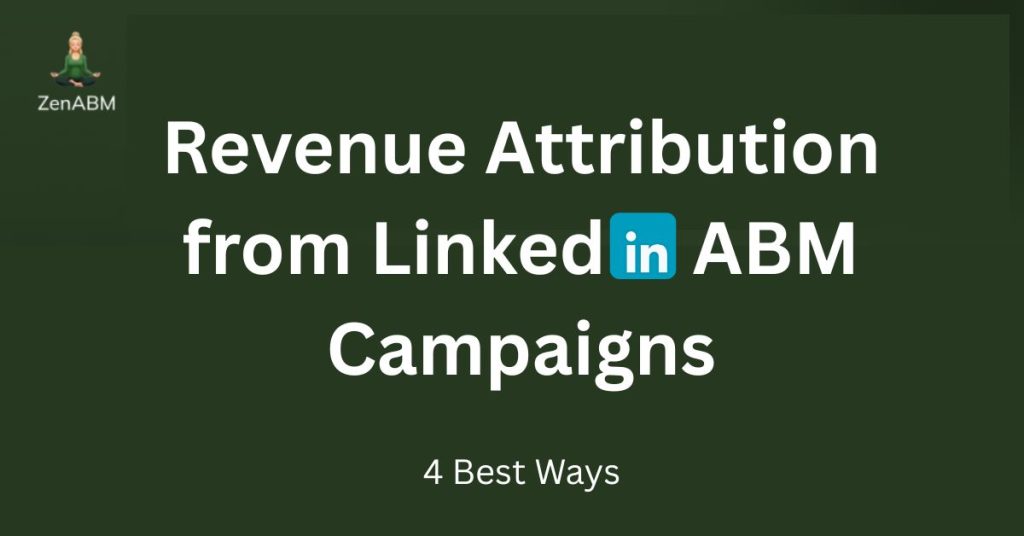Picture this: Person A on your buying committee notices a LinkedIn ad, does not click, keeps scrolling. Days later, Person B from the same company, who never saw that ad, signs a contract after a phone call. If you own revenue ops, this is the exact moment your reporting breaks and your RFOI story collapses.
If a method can connect that offline conversion back to your LinkedIn exposure at the account level, that method earns a place on the best list.
In this guide, I walk through four reliable ways to revenue attribution from LinkedIn ABM campaigns and show how to choose the one that fits your stack and budget.
Buckle up.
4 Best Ways to Revenue Attribution from LinkedIn ABM Campaigns: Quick Snapshot
LinkedIn attribution gets messy when viewers and converters are different people or when the conversion happens off-site. These four approaches actually cope with that reality:
- ZenABM: Connects LinkedIn and your CRM, ingests company-level impressions and engagements, then attributes opportunities and revenue precisely, including offline wins.
- LinkedIn Native Stack (Revenue Attribution Report, Campaign Manager, Insight Tag, CAPI): Solid coverage with careful setup, although you will do more manual work, and you will not get precise ad-level revenue attribution from LinkedIn ABM campaigns.
- DIY Pipeline (LinkedIn API, Google Sheets, automation, your CRM): Low cost and flexible, useful for monthly analysis, but you must maintain connectors and logic yourself.
- Enterprise ABM Suites (Demandbase, 6sense, Terminus): Full-featured platforms with broad analytics and dashboards, great for large programs, often overkill if your ads run only on LinkedIn.
ZenABM is the easiest way to reach accurate, ad-level revenue attribution without heavy ops.
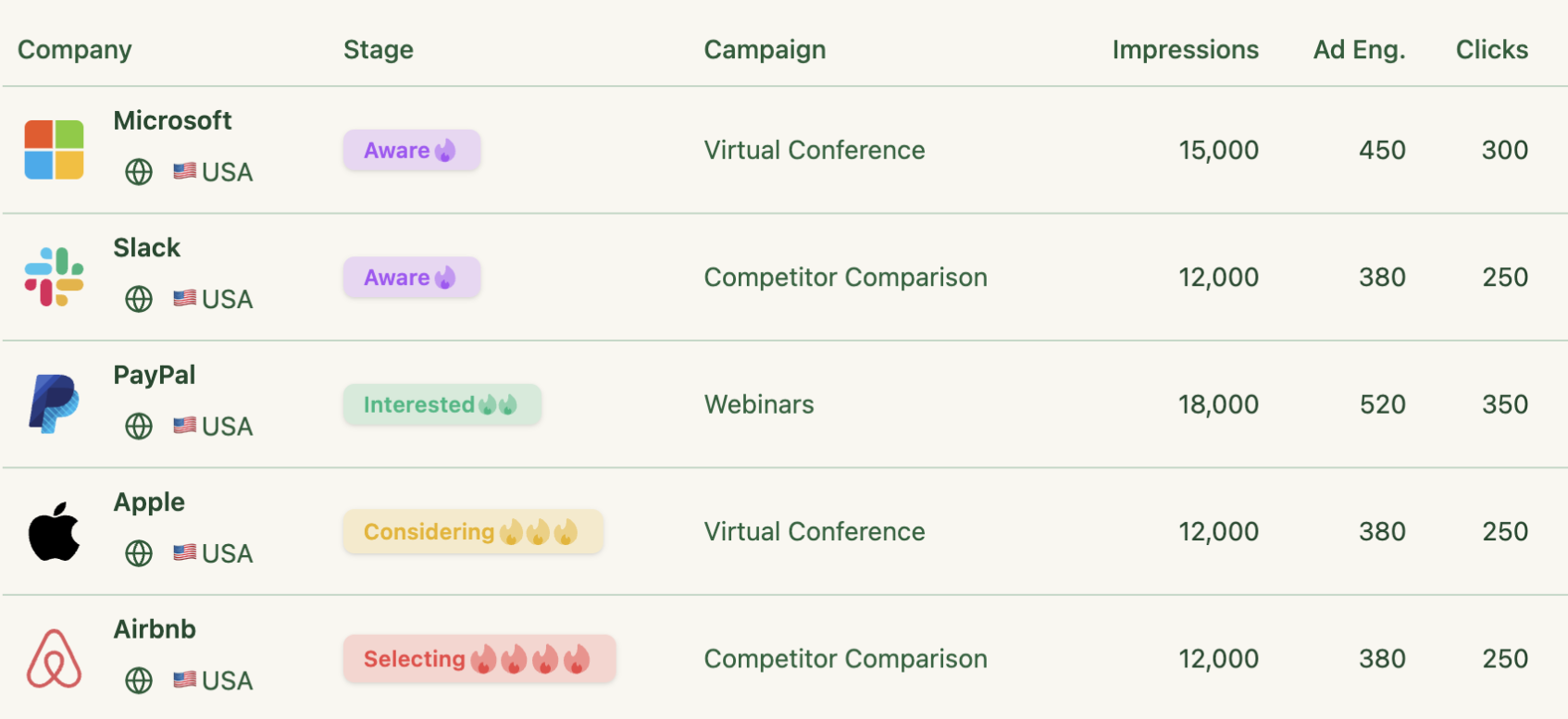
Way#1: Use ZenABM
ZenABM turns the headache of LinkedIn attribution into a simple connection flow. Link your CRM and your LinkedIn ad account, then set the minimum impressions that qualify a deal as ad-influenced:
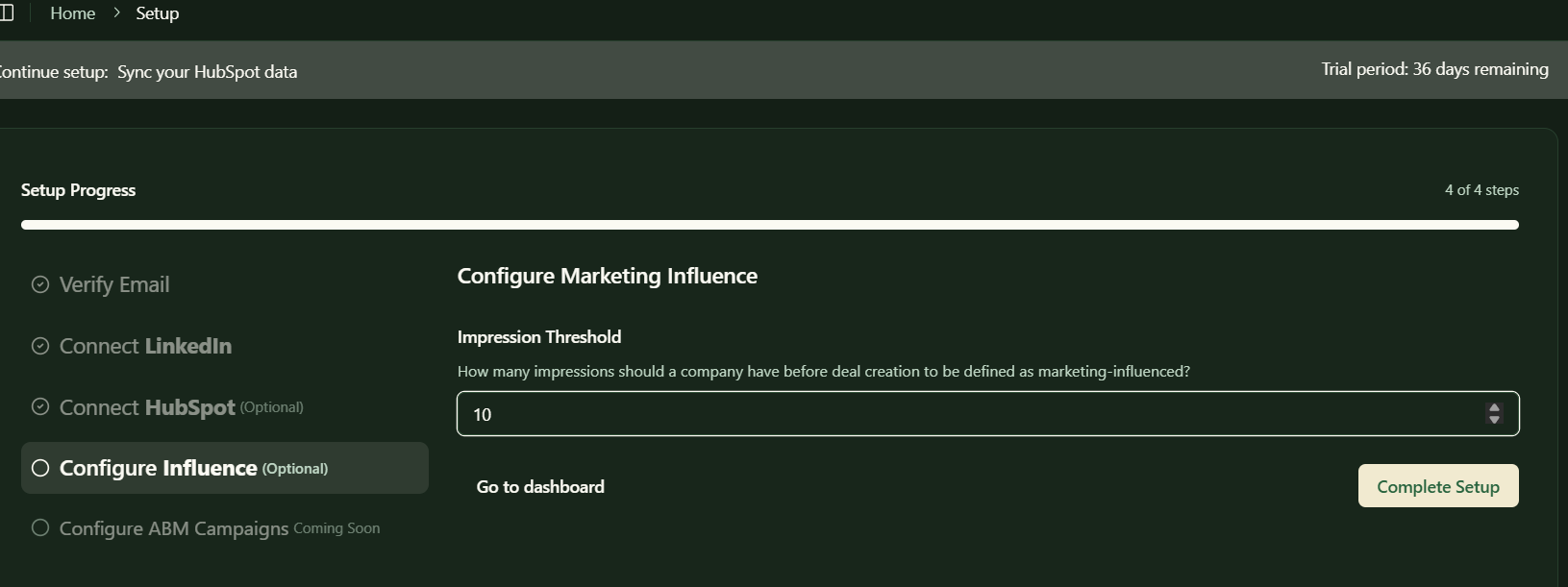
From there, ZenABM gathers company-level impressions, clicks, engagements, and campaign spend directly from LinkedIn’s official Ads API and aligns that exposure with deals sitting in your CRM.
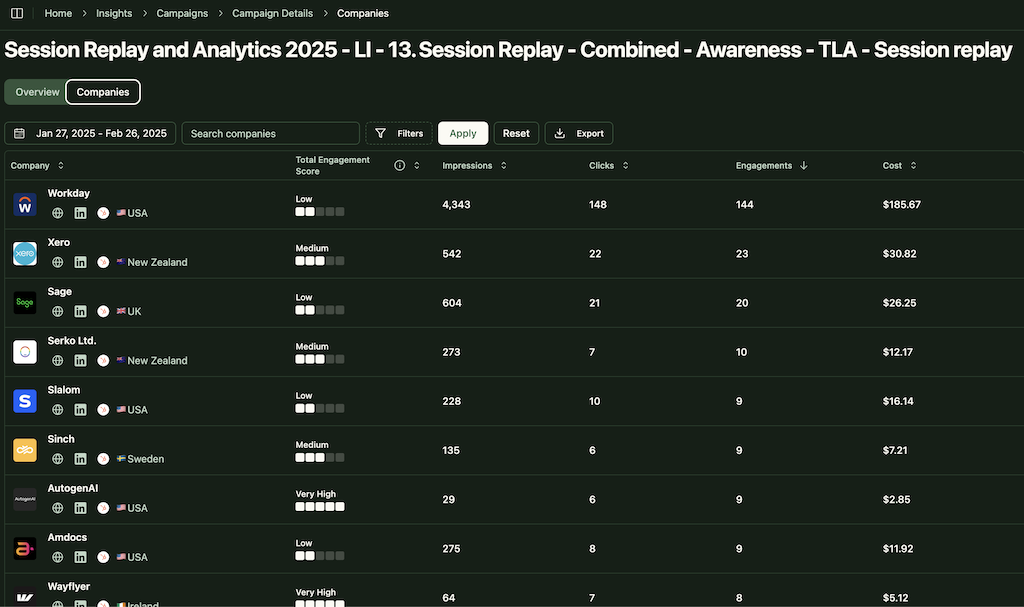

ZenABM then calculates return by subtracting company-level ad spend from influenced deal value, so you can see ROI and ROAS for each LinkedIn campaign and for every ad.

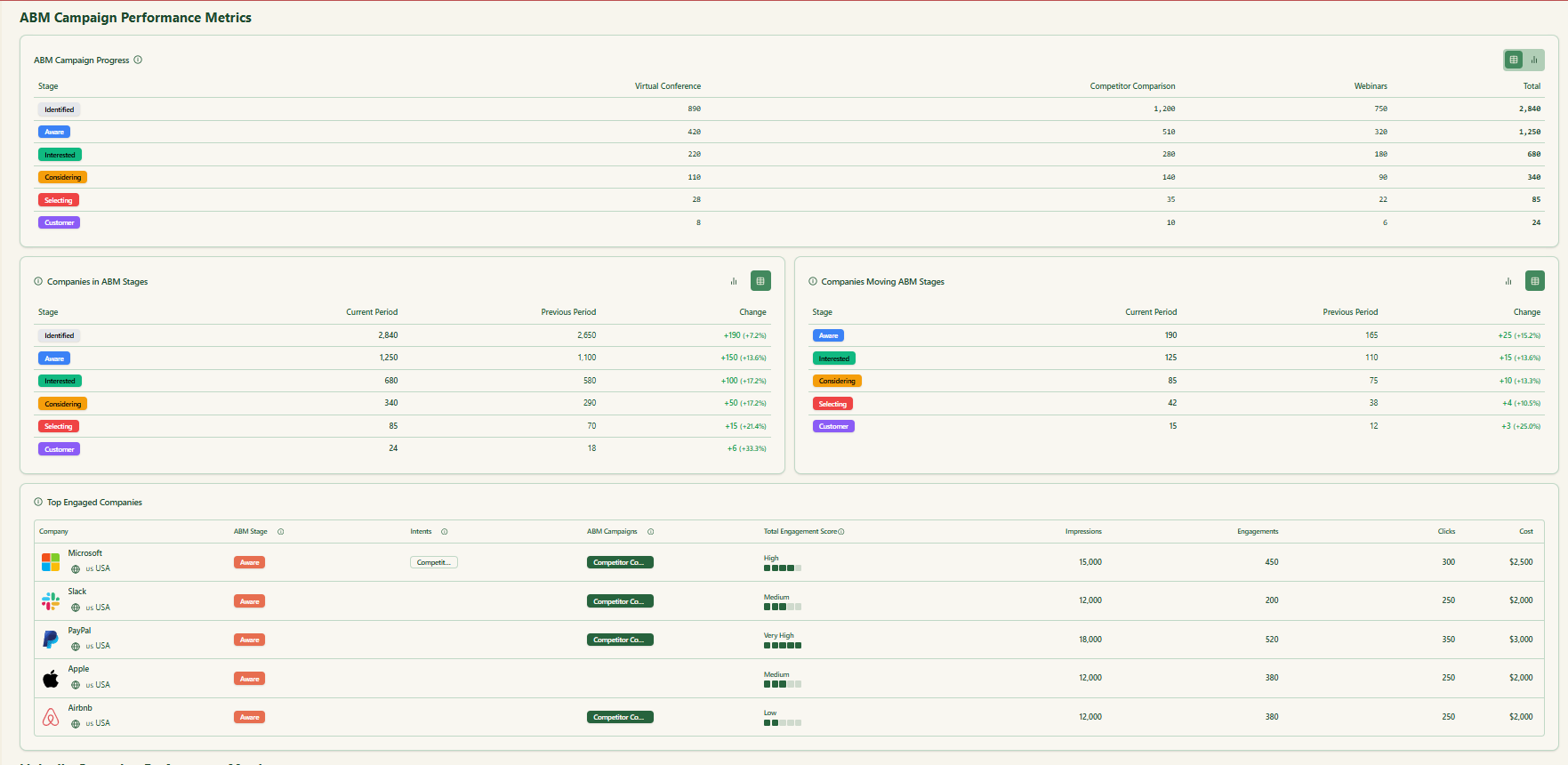

Remember: upload offline conversions into your CRM so the platform can join the dots.
To make engagement operational, ZenABM also writes campaign-specific company metrics into your CRM as properties automatically:
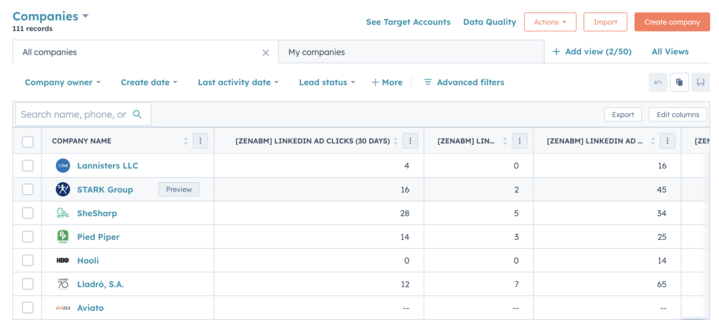
Way#2: Use LinkedIn Business Manager’s Revenue Attribution Report plus Campaign Manager, Insight Tag, and CAPI
LinkedIn’s Revenue Attribution Report is centered on leads rather than accounts, so you must layer several native pieces to get a strong picture.
First, connect your CRM to RAR:
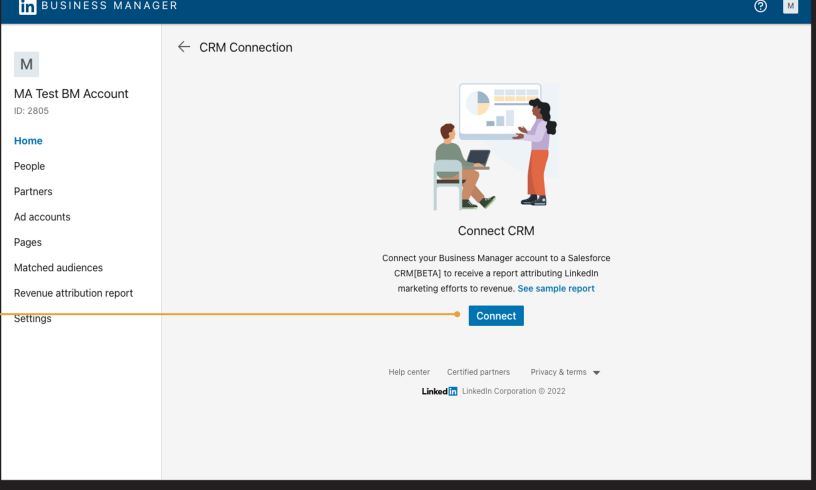
Provide the requested credentials, including Username, Password, Environment URL, and Security Token:
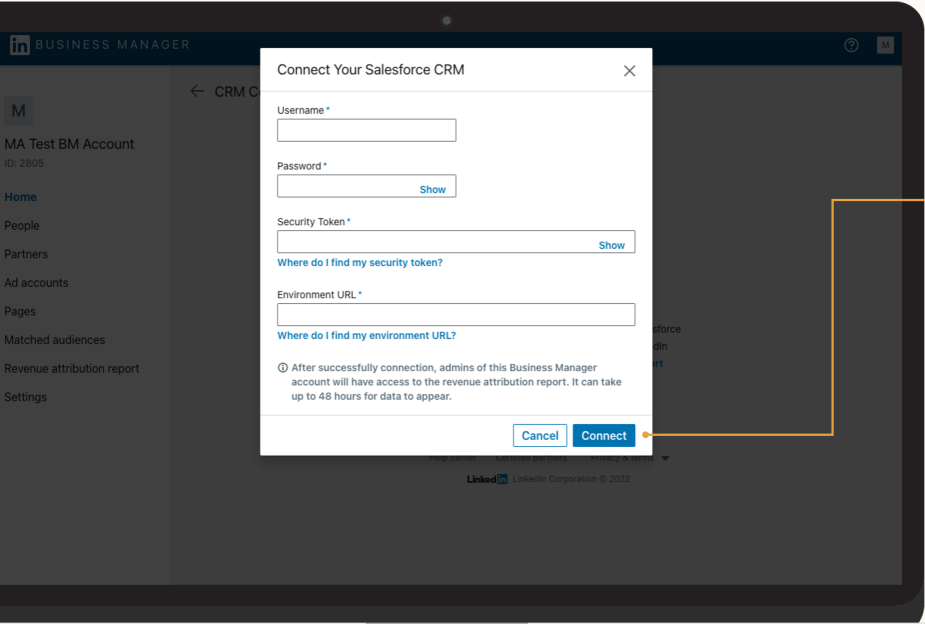
Data may take up to 72 hours to appear. Confirm the CRM opportunity field that RAR should treat as the revenue source of truth.
Next, set your minimum impression threshold for influence:
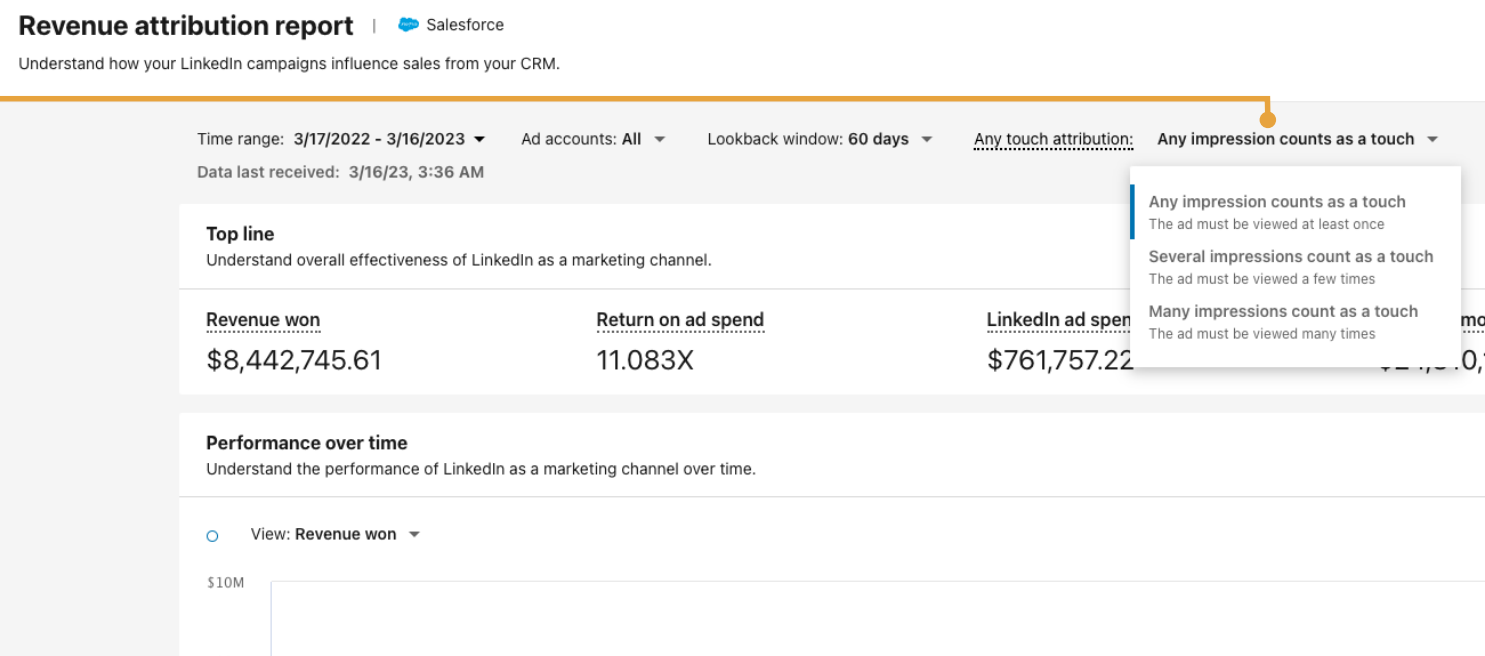
- Single impression counts as influence.
- A few impressions count as a touch.
- Many impressions raise the bar for influence.
Choose a lookback window:

Then set the reporting time frame:
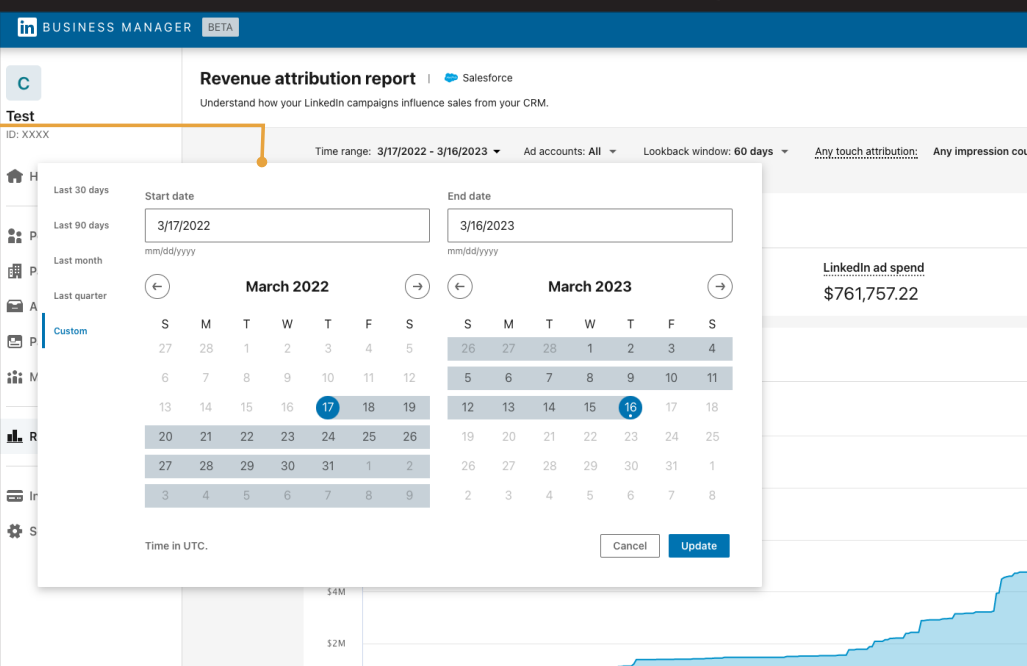
If you run multiple ad accounts, filter by the account or combine them as needed.
Install the Insight Tag across your site:
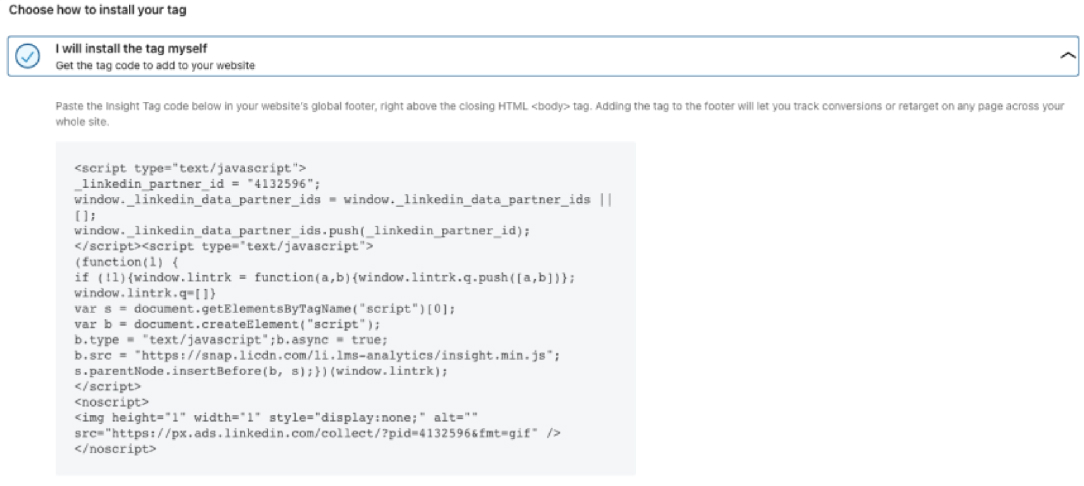
In Campaign Manager, configure conversions:
- Website Tag Conversions: submissions or link clicks that load a thank you page.
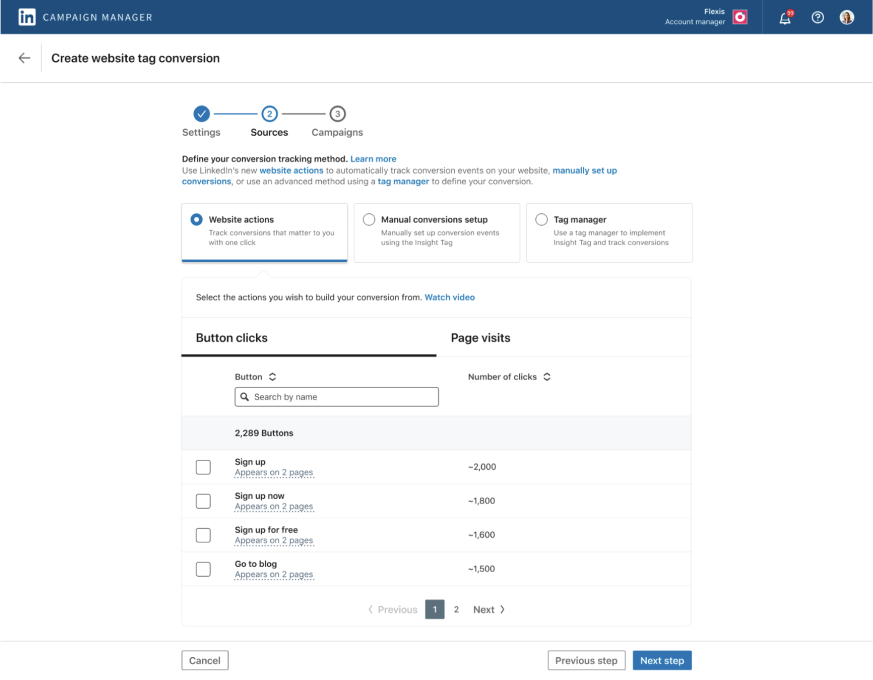
- URL or Page Conversions: visits to specific URLs after an ad click, useful for deeper content like a blog post.
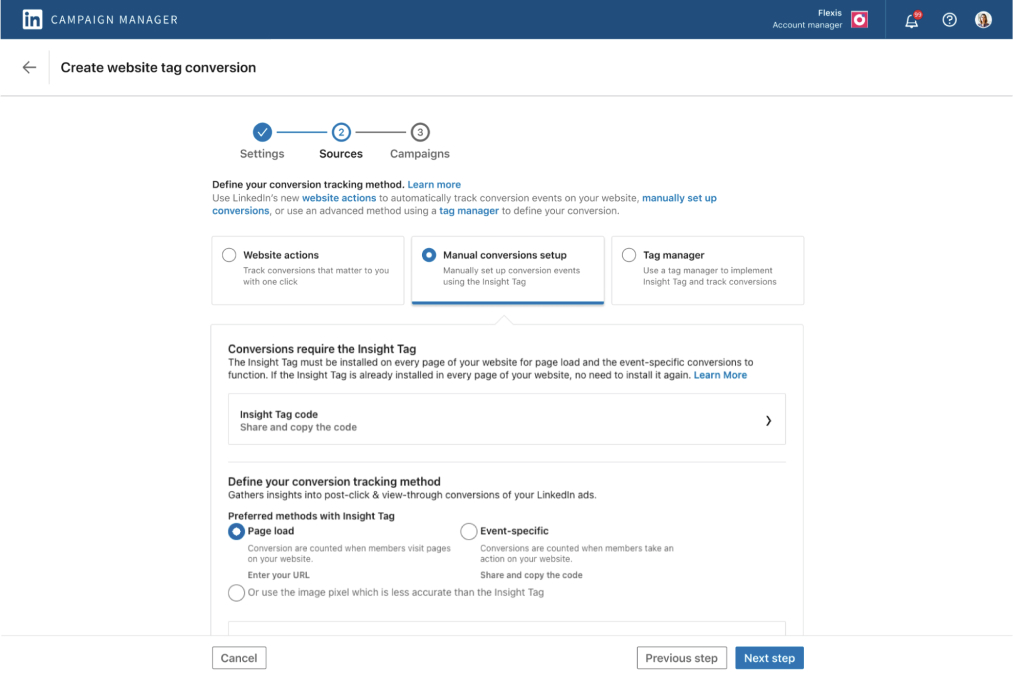
- Event Conversions: actions that do not change the URL, for example AJAX submits.
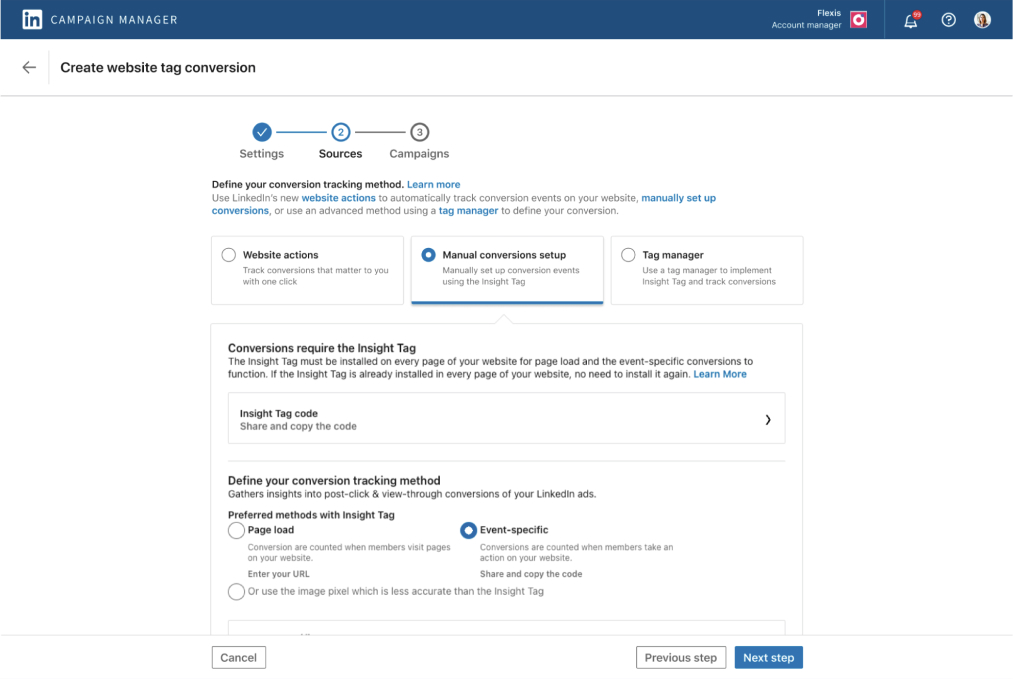
Set up CAPI as well:
- Mirror the same conversions in Campaign Manager.
- Post server-side events to
/conversionEventswith the rule URN, timestamp, value, and hashed identifiers.
With that, RAR can attribute most online conversions that preserve cookies and device continuity. To capture more, upload offline conversions from your CRM into Business Manager or stream them via CAPI with timestamps and hashed emails.
One edge case remains: a viewer and a converter from the same company are different people. To connect this, list the converting company and check in Campaign Manager that the firm had impressions, clicks, or engagement before the conversion date. If they did, you could still credit LinkedIn exposure for influence.
This native route works, although it does not reveal the exact ad that moved the needle. UTMs help for clickers, not for pure view-through attribution.
Way#3: Build a Patchwork with the LinkedIn Ads API, Google Sheets, API Connectors, and Your CRM
In method one, ZenABM handles collection and matching for you. If you prefer a scrappy build, you can recreate a basic flow that checks which converted companies had exposure recently.
Ben Brown at Session Media demonstrated a lean version. You lose intent tagging, automatic stage tracking, and ready dashboards, yet you can still gauge platform-level ROI monthly.
Step 1: Create a Custom Property in HubSpot

- Open HubSpot settings, then Properties.
- Create Property, name it for impressions or exposure.
- Object type equals Company.
- Field type equals Number.
- Save.
Step 2: Gather LinkedIn Ad Data
Pull company-level impressions, clicks, and cost from your LinkedIn account, either in the UI or via API.
Step 3: Extract Into Google Sheets With an API Connector
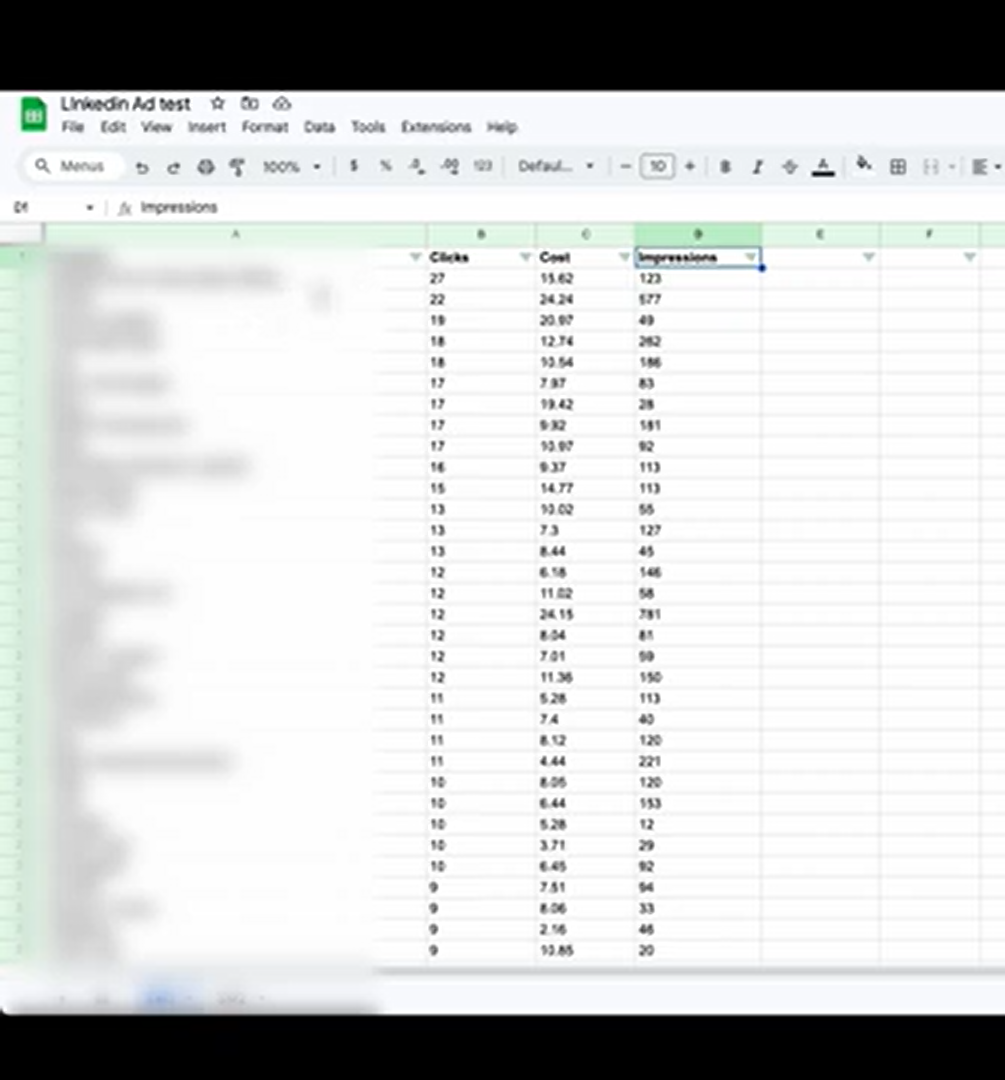
Use Data Slayer, Supermetrics, or Windsor to fetch impressions, clicks, and costs per company into Sheets. Set the object to company, pick your metrics, choose a date range, then schedule daily or weekly refresh.
Step 4: Match Companies With HubSpot
- Columns should include Company Name, LinkedIn Company ID, Impressions, Clicks, and Costs.
- Match to HubSpot by firm ID if possible, or by normalized name with care.
Step 5: Prepare the Upload
- Aggregate or clean the matched rows.
- Create a tab with the final impression and click counts.
- Export as CSV.
Step 6: Import to HubSpot
- Go to Companies, Import.
- Map Company ID to the correct record field.
- Map impressions to the custom property.
Step 7: Automate With Zapier
- Trigger equals a new or updated row in Sheets.
- Action equals update matching Company in HubSpot.
- Run on your chosen cadence.
Step 8: Keep It Fresh
- Schedule API pulls inside the connector.
- Let the Zap update HubSpot after every refresh.
Expect some cost. Connectors charge after a threshold, and Zapier limits free tasks. For a walkthrough, check this video:
Once running, you can check weekly or monthly whether converted companies had exposure in the prior 7 days for view through or the prior 30 days for click through. You will not get per ad ROI, which requires the first method’s granularity.
Way#4: Invest in Enterprise Grade ABM Suites
Platforms like Demandbase, 6sense, and Terminus provide sophisticated analytics across channels, with dashboards that show pipeline and revenue by campaign. Typical pricing starts near the enterprise tier and climbs with features.
If your program runs on multiple ad networks, these suites shine. If your ABM lives almost entirely on LinkedIn, many extras go unused, and the cost can be hard to justify.
Over to You
You now have four workable paths to fix LinkedIn ROI in an ABM context. The real difference is operational burden and the level of precision you want.
- ZenABM gives you the cleanest path. Connect CRM and ad account, set thresholds, and let the system attribute at the company level, including offline. You also get ad-level ROI.
- LinkedIn’s native stack is capable with careful setup and uploads, although you will still miss exact ad-level numbers, and you will handle more tasks by hand.
- DIY is practical for periodic checks if you are happy to maintain connectors and spreadsheets.
- Enterprise suites are comprehensive, best for multi-channel ABM with large budgets.
If you want to stop guessing and start proving impact with first-party signals, try ZenABM now for free. It closes the classic viewer-to-converter gap at the account level and turns LinkedIn exposure into a defensible revenue story.

